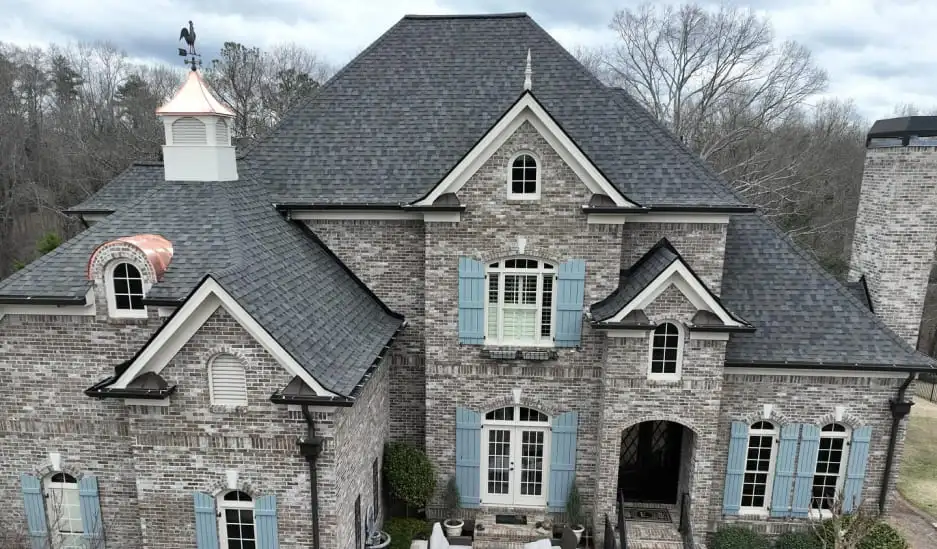Choosing green building materials can be complicated. Everything from the source of materials to the energy used in production and the siding’s recycling capabilities define what makes the product green. If you are in the market for new siding for your home, there are several options that are considered sustainable or light on energy use.
Here are the pros and cons of five types of green siding.
1. Engineered stone. The heaviness of natural stone and the emissions involved in transport make it a poor choice as a green building material. Engineered stone, on the other hand, is much lighter than the real thing and usually made with recycled content. This type of stone rates high on durability as well. Its long lifespan and relatively light footprint make it a solid green option while its versatility makes it attractive for homeowners on the design front.
2. Fiber cement. There are many benefits to fiber cement as the green choice in siding. James Hardie fiber cement products last for decades and will withstand nearly any type of extreme weather. With manufacturing facilities located in Georgia, homeowners suburbs don’t have to worry about the impact of transporting these materials, either. Many contractors recommend James Hardie first when discussing green siding options with homeowners around Hall County.
3. Exterior insulation finish systems. While stucco is considered greener than some types of siding, exterior insulation finish systems (EIFS) deliver the look of stucco with a lighter impact on the environment. EIFS siding needs less energy during the manufacturing process than stucco and provides more insulation for buildings, making it an energy efficient choice.
4. Natural wood. Since only the sun is required to grow trees, there is zero impact during the manufacturing process of wood, a renewable resource. Availability in every area makes it a low-impact choice in transport as well. Of course, some homeowners consider it the only choice for siding because of its natural beauty. To make sure your choice in wood siding is indeed a green one, look for certification from the Forest Stewardship Council (FSC) that says the wood comes from a sustainable source.
5. Brick. Choosing brick means having siding that could last well over 100 years. Despite the high amount of energy needed during manufacturing, brick’s longevity makes it one of the greenest options on the market. Since the materials are sourced and produced in nearly every area, the environmental impact of transport is minimal. The end of brick siding’s life cycle is also very attractive for green consumers. Brick can be sold or reused in many way once it comes off a home.
Findlay Roofing offers homeowners many options in green siding. We can help you consider the impact of manufacturing, installation and longevity in your search for green siding.
Image Source: MorgueFile



